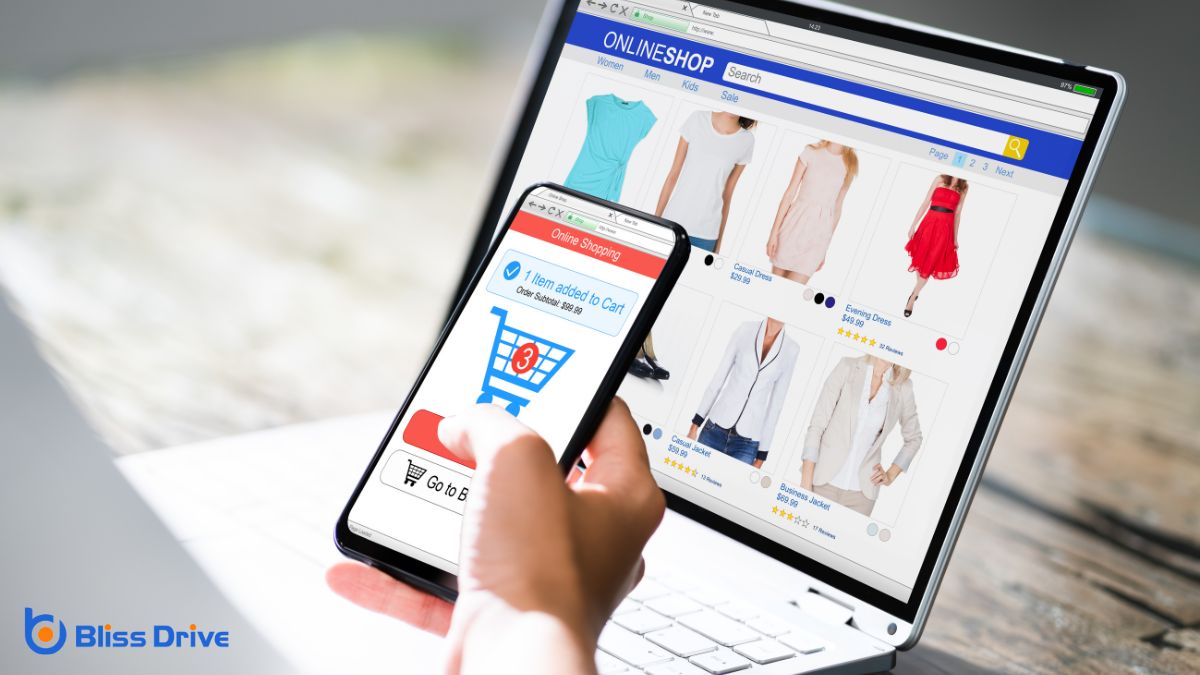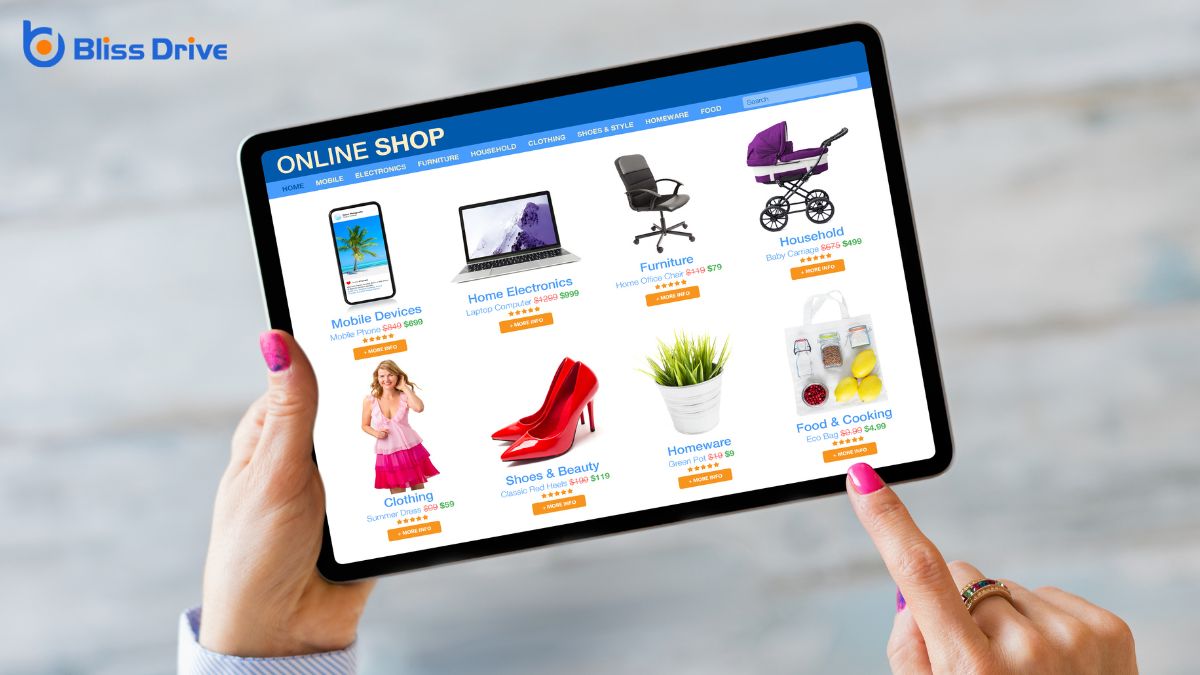Digital Marketing Services
Learn More About Us

Speeding up your Shopify store is essential for enhancing user experience and boosting sales. Begin by optimizing your images for faster loading, and consider minimizing the use of apps that may slow down your site. Implement browser caching and a CDN for swift content delivery. Don’t forget to choose a lightweight theme and regularly check for performance bottlenecks. Wondering what else you can do to speed things up?

When it comes to speeding up your Shopify store, optimizing images is an essential step that shouldn't be overlooked.
Start by ensuring your images are in the right format—JPEGs work best for photos, while PNGs are great for graphics with transparency. Resize images to the exact dimensions needed for your site, avoiding those larger than necessary.
Compress images to reduce file size without sacrificing quality; tools like TinyPNG or ImageOptim can help. This reduces load times considerably, making your site faster.
Remember to use descriptive file names and alt textDescriptions added to images to help search engines understand the content of images. for each image, improving SEO and accessibility.
You should start by evaluating which apps are truly necessary for your Shopify store to function efficiently.
Remove any unused or redundant apps that may be slowing down your site.
Also, take a moment to optimize the settings of the apps you decide to keep, ensuring they’re configured for peak performance.
One key to speeding up your Shopify store is evaluating the necessity of each app installed. Apps can enhance functionality, but they can also slow down your site if they're not essential.
Begin by listing all the apps you currently use. Think about the specific features each app provides and ask yourself if they’re crucial to your store’s operations. Consider whether the benefits outweigh the potential drawbacks regarding speed.
Sometimes, an app might seem useful but isn't critical for your customers' experience or your business goals. Be discerning and prioritize apps that directly contribute to sales or customer satisfaction.
Streamline your Shopify store by removing any unused apps. Each app you install can slow down your site, so it's vital to assess which ones you really need.
Begin by checking your app list and identify those you haven't used in a while. If an app isn't necessary to your store's functionality, it's best to uninstall it. This not only reduces load times but also minimizes potential security risks.
Removing unused apps is simple. Just go to your Shopify admin, click on "Apps", and uninstall those that are redundant.
After removing unused apps, the next step is to fine-tune the ones you keep by optimizing their settings. Explore each app’s configuration to guarantee you’re only using the features essential for your store.
Extra functionalities can slow down load times, so disable everything you don’t need. Check if the app has any performance settings or options designed to enhance speed. Many apps allow you to adjust settings to reduce the impact on your store’s performance.
Keep an eye out for updates or notifications from the app developers, as they often release improvements or tips for better efficiency. Regularly review and test these settings to make certain your store remains fast and responsive, providing customers with a seamless shopping experience.
Every millisecond counts when it comes to improving your Shopify store's loading speed and leveraging browser caching is an effective strategy for achieving this.
By instructing browsers to store parts of your site locally, you reduce the need for repeated downloads, speeding up subsequent visits for your customers.
Here's how you can do it:
Implementing these steps boosts speed and enhances user experience.
Implementing lazy loading on your Shopify store can greatly enhance its performance by optimizing image loading.
By loading images only when they're needed, you reduce the initial load time, making your site faster for visitors.
This not only improves user experience but also boosts your store's efficiency.
When it comes to enhancing your Shopify store's performance, lazy loading can be a game changer for improving page speedThe time it takes for a webpage to load, affecting user experience and conversion rates. and user experience. By delaying the load of off-screen images until they're needed, you reduce initial page load time.
Here are some key benefits:
Incorporating lazy loading isn’t just a technical tweak; it’s a strategic move for your store's success.
As you look to optimize image loading on your Shopify store, implementing lazy loading can be a powerful tool in your arsenal.
Lazy loading guarantees images load only when they’re about to enter the viewport, greatly boosting page speed. This method reduces the initial load time, making your site feel faster and more responsive to visitors.
To set up lazy loading, you'll need to modify your theme’s code. Insert the "loading='lazy'" attribute into image tags. This tells browsers to defer loading images until necessary.
By doing so, you’ll conserve bandwidth and improve the browsing experience, especially for users on slower networks. Your store will load images just in time, ensuring that customers can browse seamlessly without unnecessary delays.
Embrace lazy loading to enhance performance effortlessly.
Although it might seem intimidating at first, reducing the initial load time of your Shopify store is essential for providing a seamless shopping experience.
One effective way to achieve this is by implementing lazy loading. This technique guarantees images and other media load only when they're needed, improving speed.
Here’s how you can do it:
To enhance your Shopify store's performance, start by choosing a lightweight theme that prioritizes speed and efficiency.
A theme with minimal design elements and streamlined code can greatly reduce loading times. When browsing themes, look for those specifically labeled as "fast" or "optimized for speed."
These themes often eliminate unnecessary features and focus on essential functionality, ensuring a smoother experience for your visitors.
A well-chosen lightweight theme sets the stage for a swift Shopify store, but don't overlook the impact of redirects. Redirects can slow your site, frustrating visitors.
Here's how to minimize them:
Boost your Shopify store's performance by optimizing the code that powers it. Start by cleaning up unnecessary code. Remove any unused apps or features, as they clutter and slow down your site.
Streamline your HTML, CSS, and JavaScript by minifying them. This process reduces file sizes by eliminating spaces and comments, helping your pages load faster. Consider lazy loading images to improve speed; this technique guarantees images load only when they're about to be viewed.
Additionally, review your theme's code. Make sure it's efficient and free of redundant elements. If you're using a custom theme, consult a developer to refine it.
Finally, leverage browser caching. Encourage browsers to store static files, cutting down on load times for returning visitors.

Enhancing your Shopify store's speed takes more than just code optimization. Using a Content Delivery Network (CDN)A system of distributed servers that deliver content to users based on their geographic location. can greatly improve your store's performance. A CDN stores copies of your store’s content at multiple locations worldwide. When a customer visits your store, the CDN serves content from the closest location, reducing load time.
Here’s how a CDN helps:
Using a CDN is a practical step to boost your store’s speed.
To summarize, speeding up your Shopify store is all about smart optimization. Start by compressing and resizing images to guarantee quick loading. Cut down on unnecessary apps and redirects, and make certain you’re using a lightweight theme. Implement browser caching and a CDN to deliver content efficiently. Don’t forget to leverage lazy loading and keep an eye on your Shopify code. By taking these steps, you’ll provide a smoother, faster shopping experience for your customers.
